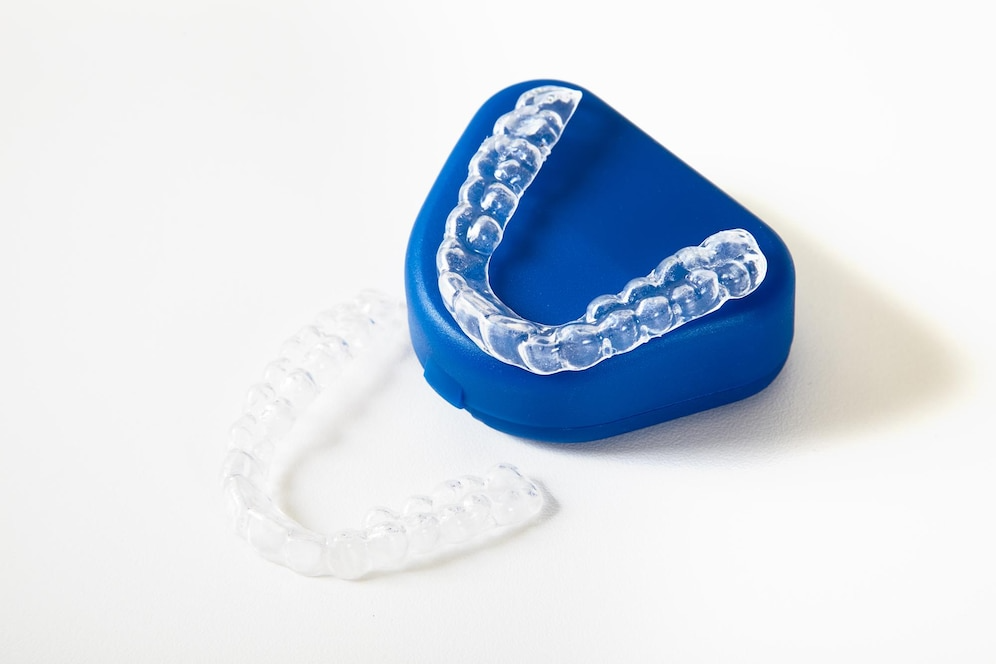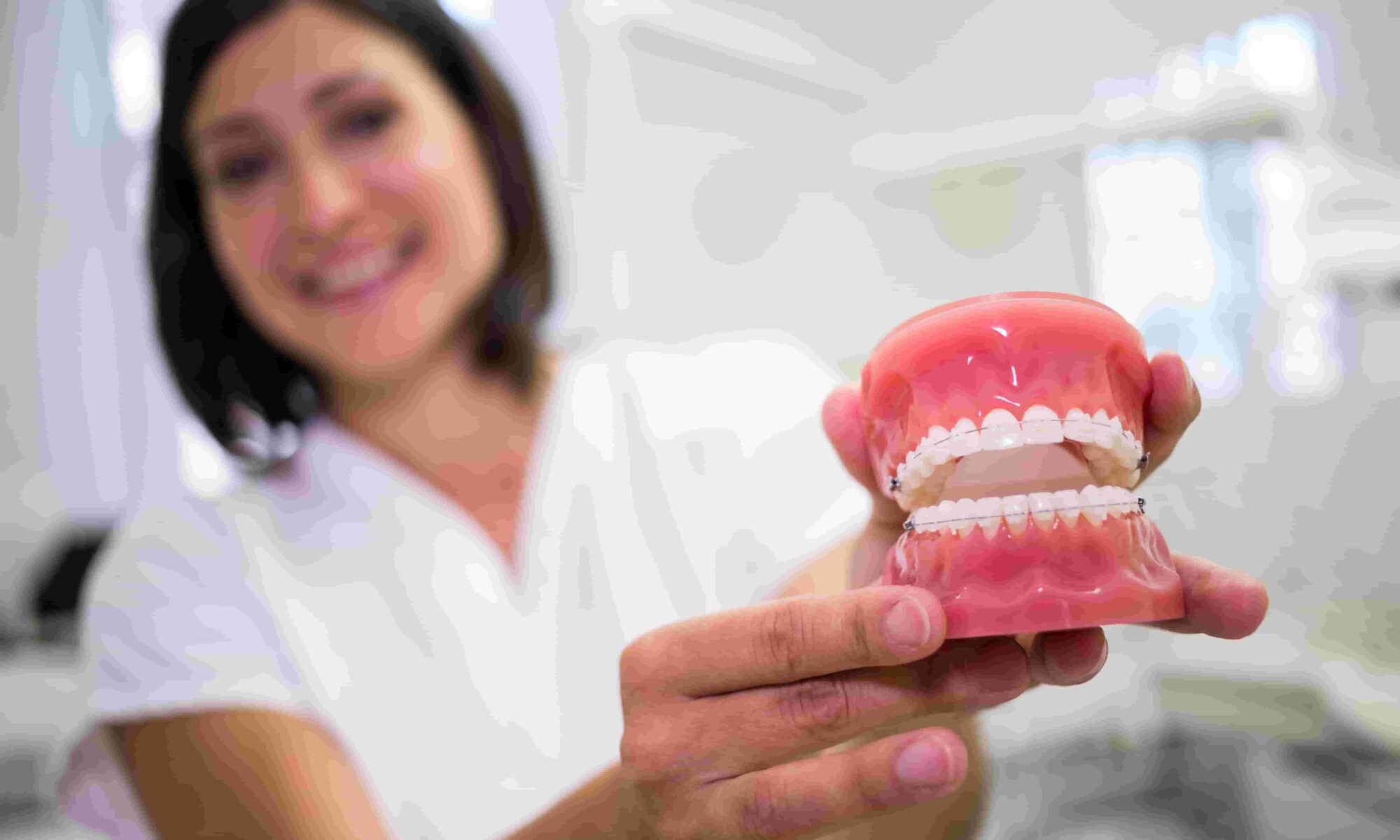Wisdom Teeth Extraction Price in Australia: Cost by State and Clinic Type
Wisdom teeth extraction in Australia typically costs between $200 and $600 per tooth for straightforward removals. For more complex surgical extractions involving impacted teeth or general anaesthesia, the cost can climb to $2,000 or more per tooth. The final price depends on several factors including your location, the type of dental clinic you visit, and whether a general dentist or specialist performs the procedure.
This guide provides a detailed breakdown of wisdom teeth extraction prices across different states and clinic types, and offers guidance on how to save on costs while still receiving high-quality care.
Average Wisdom Tooth Removal Costs in Australia
The cost of wisdom teeth removal varies depending on the complexity of the procedure, the provider, and your location. Here’s a general pricing guide:
| Type of Extraction | Cost (Per Tooth) |
| Simple extraction (local anaesthesia) | $200 – $400 |
| Surgical extraction (impacted tooth) | $400 – $600 |
| Complex surgical removal (specialist) | $600 – $2,000+ |
Private health insurance with major dental cover may reduce out-of-pocket expenses significantly. Always check with your insurer before booking your appointment.
Wisdom Tooth Removal Costs by State
Dental costs in Australia vary by state and metro region. Below is a breakdown of typical wisdom tooth extraction fees based on state averages and clinic types.
New South Wales (NSW)
- Simple extraction: $250 – $400
- Surgical removal: $500 – $1,800
- Higher pricing is common in Sydney
- Public services available for eligible patients
Victoria (VIC)
- Simple extraction: $200 – $350
- Surgical removal: $500 – $1,600
- Metropolitan Melbourne tends to be more expensive
Queensland (QLD)
- Simple extraction: $200 – $400
- Surgical removal: $600 – $1,900
- Rural areas may have limited options
Western Australia (WA)
- Simple extraction: $250 – $400
- Surgical removal: $600 – $1,500
- Less access to oral surgeons in regional WA
South Australia (SA)
- Simple extraction: $220 – $350
- Surgical removal: $500 – $1,700
Tasmania, ACT, and Northern Territory
- Expect to pay between $250 – $1,800 depending on location and access to specialists
General Dentist vs Oral Surgeon Costs
The cost of wisdom teeth removal depends heavily on whether you visit a general dentist or an oral surgeon.
General Dentist
- Suitable for non-impacted or straightforward extractions
- Costs are generally lower
- May refer complex cases to a specialist
Oral Surgeon
- Ideal for impacted, infected, or complicated wisdom teeth
- Offers sedation options and hospital-based surgery
- Higher cost but more specialised care
Hospital Day Surgery Clinics
- Common for full-mouth extractions under general anaesthetic
- Prices may include anaesthetist and theatre fees
- Average cost: $1,200 – $2,500+
Public Dental Clinics
- Provide free or subsidised wisdom tooth extractions for eligible individuals
- Long wait times are common
- Requires a health care card or referral
Key Factors That Affect the Price
Several factors contribute to the final cost of removing one or more wisdom teeth in Australia:
- Complexity – Impacted or angled teeth require more time and resources
- Number of teeth – Multiple removals often attract discounted package rates
- Anaesthesia – General or twilight sedation increases overall cost
- Location – Urban centres typically have higher fees than rural areas
- X-rays – Panoramic or intraoral imaging may be billed separately
- Insurance – Major dental extras cover can reduce your costs significantly
How to Find Affordable Wisdom Tooth Removal Near You
If you’re looking to save on treatment without sacrificing quality, try these tips:
- Get multiple quotes – Contact several clinics for itemised costs
- Use private health insurance – Major dental and hospital extras can cover significant portions
- Ask about bundle discounts – Clinics often reduce rates for extracting multiple teeth at once
- Choose dental payment plans – Many practices offer interest-free instalments
- Consider dental schools – Teaching clinics offer discounted care under supervision
- Explore public services – Public clinics may offer free treatment, depending on your eligibility
Does Medicare Cover Wisdom Tooth Extractions?
In general, Medicare does not cover routine or preventive dental services, including wisdom teeth removal. However, there are exceptions:
- If you’re referred to a public hospital for surgery due to medical necessity, Medicare may cover part of the procedure
- Public dental clinics offer free or low-cost removals for concession card holders or under special dental schemes
For most Australians, private health insurance remains the best option to offset wisdom tooth extraction costs. Key cover types include:
- General dental – Covers simple extractions
- Major dental – Covers surgical or complex extractions
- Hospital cover – May be needed for general anaesthetic and day surgery fees
Step-by-Step Process for Wisdom Teeth Removal
- Initial Consultation
- Dental assessment, imaging (usually OPG scan)
- Treatment plan and cost estimate provided
- Tooth Removal Procedure
- Local, twilight, or general anaesthetic
- Tooth removed surgically or via simple extraction
- Stitches placed if needed
- Recovery Period
- Swelling, mild discomfort for a few days
- Medication and aftercare provided
- Post-op check-up usually included in cost
When Should Wisdom Teeth Be Removed?
Most dental professionals recommend extracting wisdom teeth between ages 17 and 25, especially if:
- They are impacted or partially erupted
- They’re causing crowding or pain
- There is a risk of infection or cyst formation
Early removal is usually easier, more cost-effective, and comes with fewer complications.
Quick Answers
What is the average cost of wisdom teeth removal in Australia?
Expect to pay between $200 and $600 for simple extractions, and up to $2,000 for complex surgical cases.
Is removal covered by Medicare?
Only in specific cases involving hospital treatment. Most removals are not covered.
Can I remove all four wisdom teeth at once?
Yes. Many clinics offer bundled packages that reduce the per-tooth cost.
Are public dental clinics available?
Yes, but wait times can be several months. You must meet eligibility requirements.
Does health insurance cover the cost?
If you have major dental and/or hospital extras, it may cover part or all of the cost.
FAQs
Do I need to remove all four wisdom teeth?
Not necessarily. Your dentist will evaluate whether one or more teeth need removal based on their position, impact, and symptoms.
How long does recovery take after wisdom teeth removal?
Most patients recover in 2 to 5 days. Full healing may take up to 2 weeks, especially for surgical extractions.
Is twilight sedation better than local anaesthetic?
It depends on patient preference and procedure complexity. Twilight sedation is ideal for anxious patients or when removing multiple teeth.
Can I claim the cost through private health insurance right away?
That depends on your waiting periods and level of cover. Check your policy before booking.
Are there cheaper options for students or low-income individuals?
Yes. Dental school clinics and public dental services may offer reduced rates for eligible patients.












